I describe this question by using an example from a book.
In Simon Thompson's book "HASKELL the craft of functional programming" on page 82 (see images below) are shown the evaluation steps for fac 4.
QUESTION:
Is it possible to use some tool or some "Haskell debugger" that would write out the evaluation steps that GHCi uses when it would evaluate the value of fac 4 ?
Preferably in a human readable format, for educational and learning purposes.
It would be also good to have some automatic explanation for each evaluation step, for example which equation was used in the rewriting step.
My main purpose is to gain a deeper understanding of how the rewriting steps are carried out when I run simple educational Haskell example programs (like fac).
Is there a way to do this ? If yes, how ?



